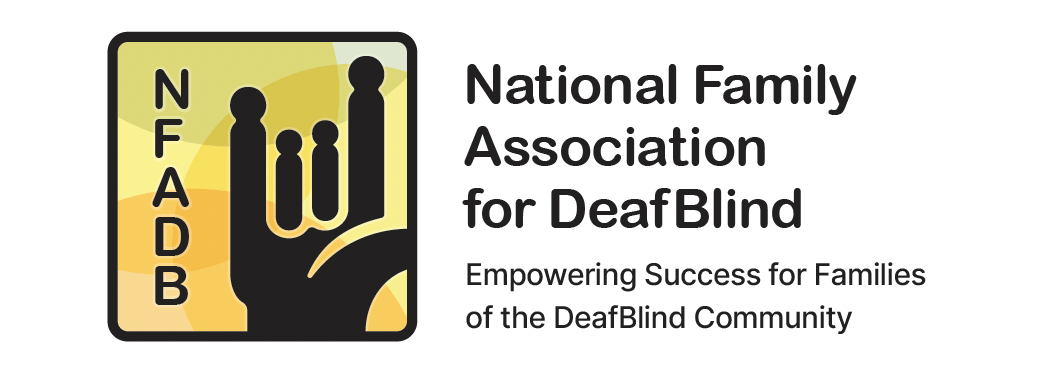- Welcome
- What is DeafBlind?
WHAT DOES “DEAFBLIND” MEAN?
What’s in a Name?
The term “DeafBlind” seems to indicate the sum of deafness + blindness. However, the combination of these two sensory losses is much more like deafness multiplied by blindness = Deaf-blindness. The combined loss is profound! Children and adults who are DeafBlind have unique challenges, especially with independence, accessing information, communication with others, and moving around in their world.
Deafblindness sounds like a condition of having NO vision and NO hearing. This is rarely the case. Most people who are DeafBlind have some vision and some hearing. Educationally, individuals are considered to be DeafBlind when the combination of their hearing and sight loss causes such severe communication and other developmental and educational needs that they require significant and unique adaptations in their educational programs. (link to Federal Definition of Deafblindness)
Nearly 10,000 children, ages birth to 21, have been identified as “DeafBlind” through the National Center on Deaf-Blindness annual census of state deaf-blind projects. Recent estimates indicate there are about 2,400,000 individuals in the U.S with combined vision and hearing loss. The majority of those individuals are senior citizens.
DeafBlind 101
The National Center on Deaf-Blindness (NCDB) is a great resource for learning more about deaf-blindness. One section, DB 101, is designed to introduce you to children who are deaf-blind. These brief tutorials provide information about the nature of deaf-blindness, the impact of combined vision and hearing loss on communication and social interactions, and the importance of individualized educational strategies and supports. Learn more: DB 101 and DB 101 en Español.
DeafBlind Awareness Videos
Every year, during the week of Helen Keller’s birthday, we celebrate Helen Keller DeafBlind Awareness Day.
In 2013, in honor of Helen Keller DeafBlind Awareness Week, NFADB released videos, highlighting stories about life with a child or young adult who is DeafBlind.
- NFADB Deaf-Blind Awareness video (14:32)
- NFADB Deaf-Blind Awareness – Spanish video (14:50)
- NFADB Deaf-Blind Awareness – Short video (4:31)
Family Stories
Learn about Deafblindness from family members. Professionals can teach volumes about Deafblindness, but family members* live with Deafblindness 24/7 and are experts when it comes to their family member. Learn from the experts!
*Family member = Parent (including regular, biological, foster, adoptive or any other type), sister, brother, aunt, uncle, grandparent, and any other family relation that is in a support and caregiving role.
State DeafBlind Projects
Each state has a federally-funded DeafBlind project to help families and educators to provide services for children (0-21) who are DeafBlind. Find your state project here
The Helen Keller National Center for Deaf-Blind Youths and Adults is a federally funded national resource for information and services for youth and adults who are DeafBlind. HKNC provides rehabilitation training at its campus/headquarters in New York, and regional offices throughout the country.

